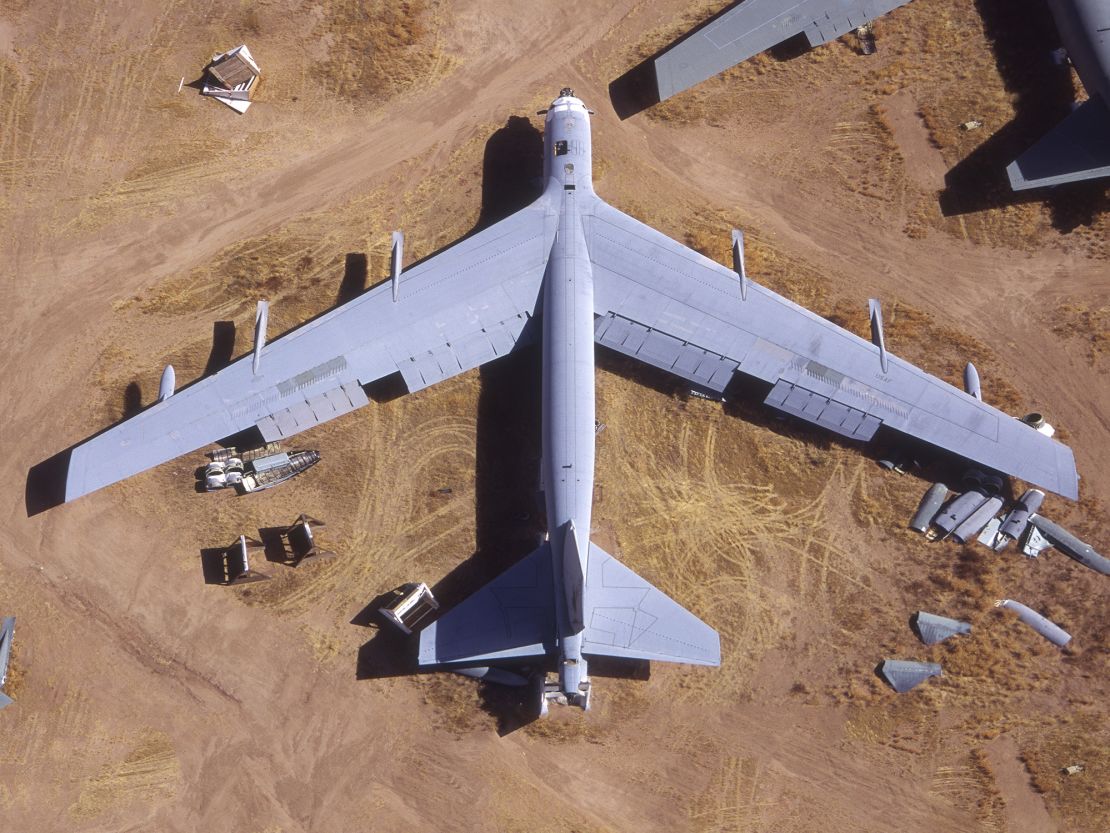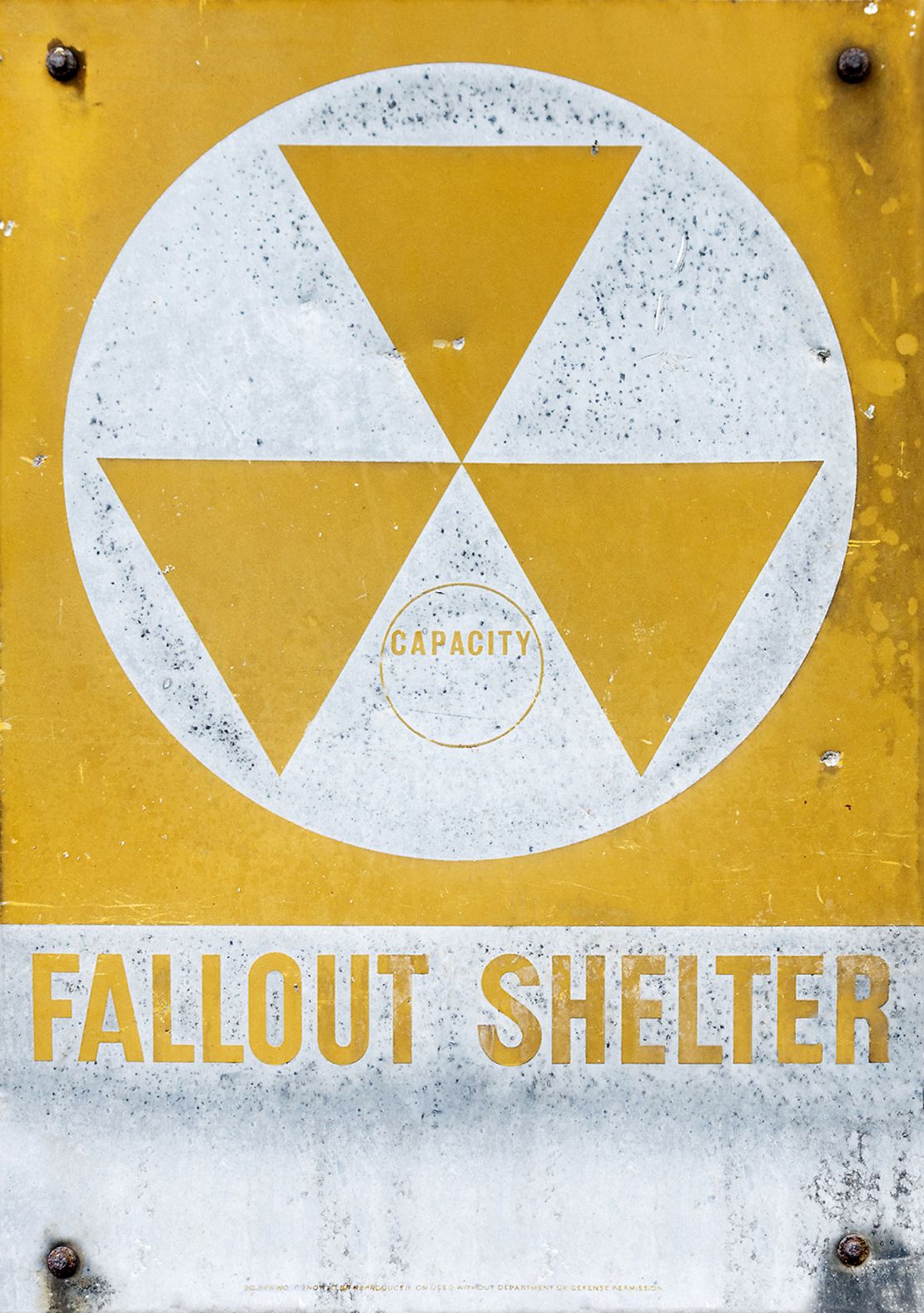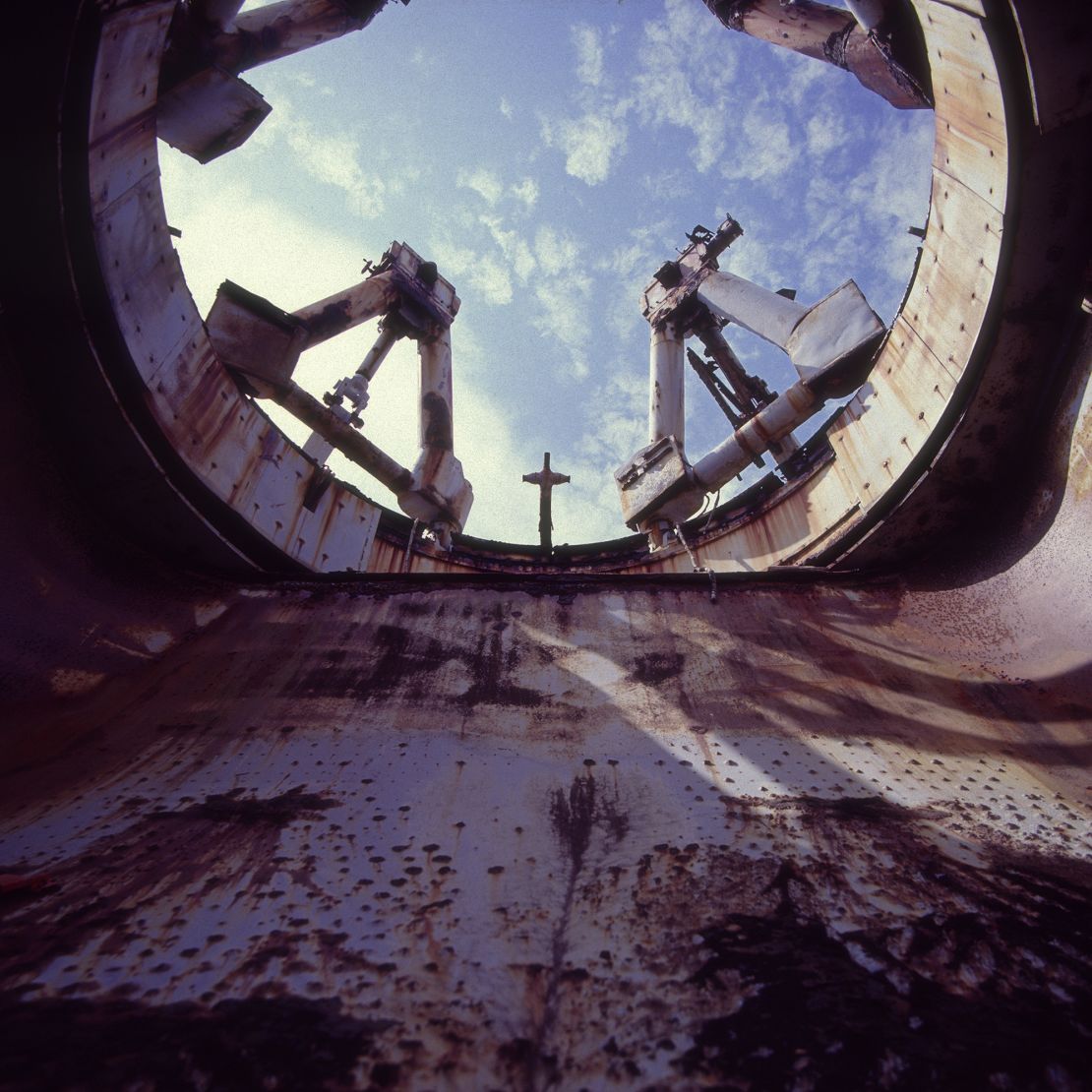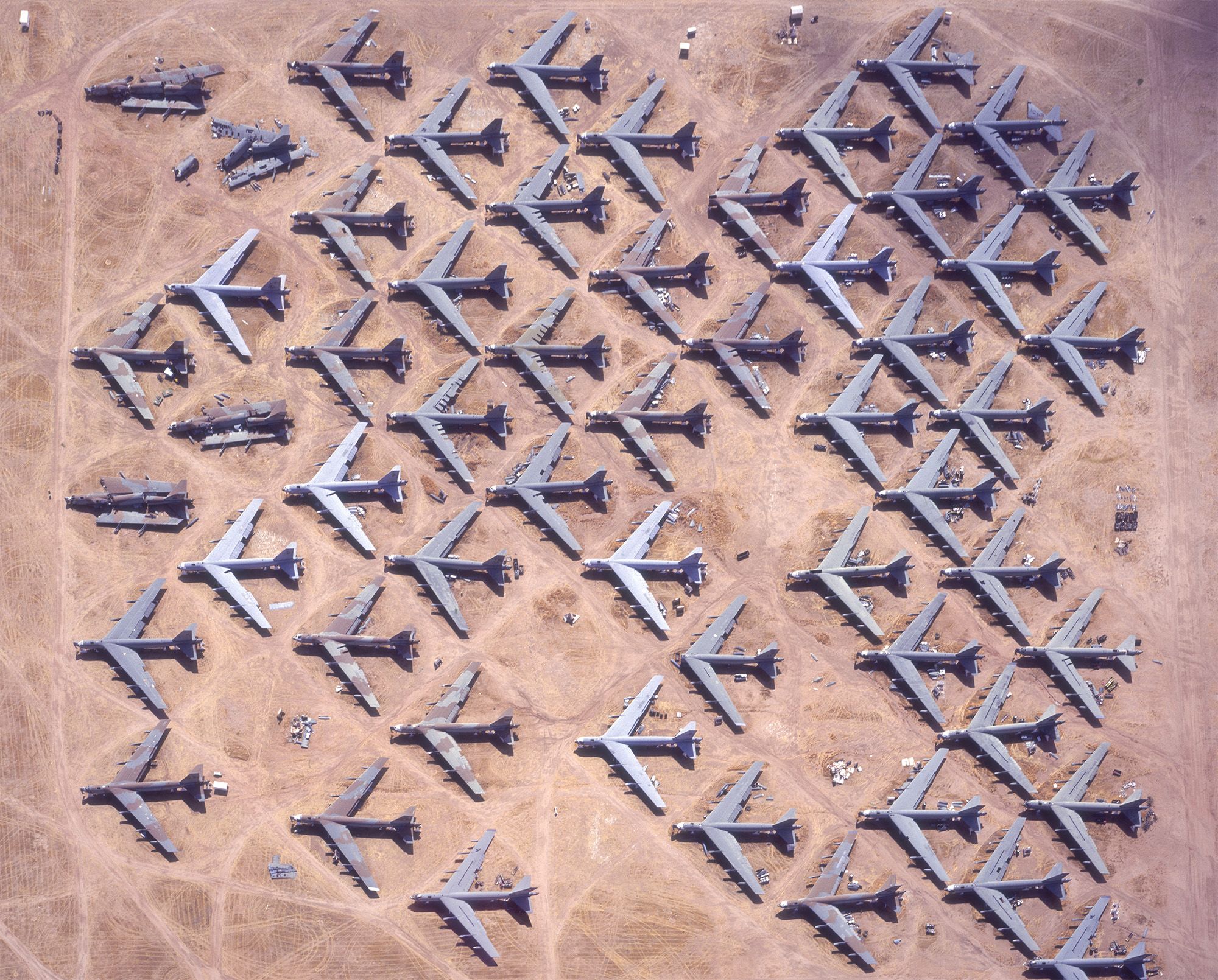Photographer Phillip Buehler was in the first grade when the Cuban missile crisis unfolded. He still remembers the duck-and-cover drills at his school in the Bronx.
“I grew up afraid of the Cold War,” he said in a phone interview. “But as a boy, I used to build models of B-52s, and I wanted to be an astronaut in the space race. It was a combination of fascination with the machines and fear of impending doom.”
More than 50 years later, this mix of curiosity and dread has resulted in a new book exploring some of the Cold War’s forgotten relics.
Featuring abandoned bunkers, decommissioned jets and deactivated missiles, “(Un)thinkable” brings together more than 80 of Buehler’s photographs to tell the story of a great rivalry. Shot over the past 35 years, the project has taken him to the sites of critical moments in Cold War history, including Florida’s Cape Canaveral, the home of NASA rocket launches, and the former West Germany.

By revisiting a far-reaching global conflict, the photographer hopes to address its impact on individuals. Fittingly, the book opens with a photo from the very spot where Buehler’s own relationship with the Cold War began.
“There’s a picture of the fallout shelter sign on my grammar school,” he said. “I went back last summer and it’s still there, just around the corner from the apartment I lived in.”
“People have forgotten how horrible it was living under the constant threat of nuclear war.”
The danger of forgetting
Whether capturing empty plane cockpits or forgotten bunkers, Buehler is helping to document a past that is slowly decaying from sight. The eerie stillness of the images stands in contrast to the destruction that might have been.

With threats of nuclear war again emanating once more, the photographer believes that his pictures carry an increasingly important warning. At a recent exhibition in New York, he even created an installation juxtaposing John F. Kennedy’s national address on the Cuban missile crisis with recordings of Donald Trump threatening Kim Jong Un.
“I thought the Cold War was over. We’d forgotten about this stuff,” he said. “But the pendulum has swung back, just when I thought the planet was getting better.
“Hearing President Trump bandy about terms like ‘fire and fury’ is kind of disturbing if you lived through that once and were worried about it. But here we are talking about it again – and (the weapons are) way more destructive now.”
Buehler wants the images serve as a reminder of the prospective horror of nuclear conflict. But he also hopes that they resonate with viewers on an aesthetic level.

“Some of (the hardware) is just awesome – in the true sense of the word,” he said. “It’s awesome what man can create and also what we can destroy, so I use that to seduce people
into a story. Some of these images are just aesthetically beautiful, like rows upon rows of B-52 bombers. They just seduce you with their symmetry and organization.”
More than ‘ruin porn’
“(Un)thinkable” is the latest product of Buehler’s long-standing fascination with abandoned places. Since the mid-1970s (when he first rowed a boat out to New York’s then-derelict Ellis Island), the photographer has captured everything from empty amusement parks to abandoned psychiatric hospitals.
“If you’re a kid in the suburbs, there’s not much frontier left,” he said. “So, if you live in New York, the frontier is abandoned places. I’d go to places that looked like an apocalyptic future … then I’d start getting into the history of them.”

Yet, the American expresses a certain disdain for the recent wave of so-called ruin porn, suggesting that some photographers are more concerned with abandoned sites than the stories behind them.
“I try to do a lot more than (ruin porn),” he said. “It’s a fascination. Some writers might go to Japan for a year and write a novel. For me, I’ll photograph a place and spend years finding out about it.”
“(Un)thinkable” by Phillip Buehler is available now.



